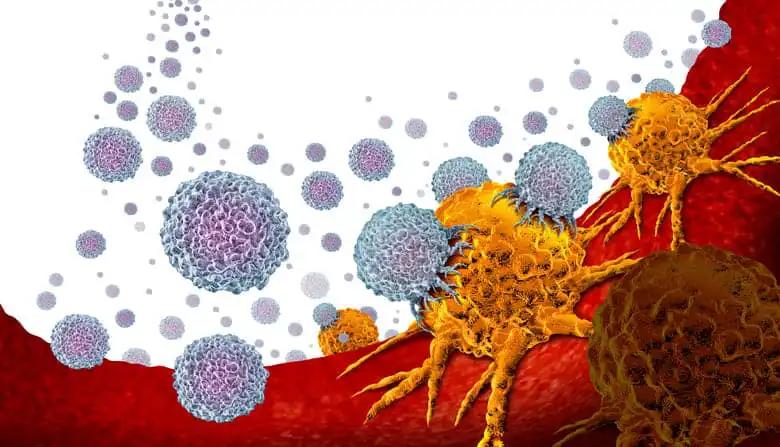KEY TAKEAWAYS
- The study aimed to investigate the optimal PARP inhibitor for 2L treatment in patients with mCRPC and HRD.
- Researchers noticed that PARP inhibitors show promise in 2nd line but require personalized treatment consideration.
Poly (ADP—ribose) polymerase inhibitors (PARPi) have emerged as a promising therapeutic option for patients with metastatic castration-resistance prostate cancer (mCRPC) exhibiting homologous recombination repair deficiency (HRD). However, the choice of the optimal PARP inhibitor in the second-line (2L) setting for patients with mCRPC and HRD remains unclear.
Qiyu Zhu and the team aimed to delve into elucidating the most effective PARP inhibitor in patients with mCRPC & HRD in the 2L setting.
They conducted a systematic review of trials regarding PARP inhibitor (PARPi)-based therapies for mCRPC in the 2L setting and performed a Bayesian network meta-analysis (NMA). Radiographic progression-free survival (rPFS) was assessed as the primary outcome, while PSA response and adverse events (AEs) were evaluated as secondary outcomes. Subgroup analyses were conducted according to specific genetic mutations.
About 1024 patients (763 harboring homologous recombination repair (HRR) mutations) from 4 RCTs were analyzed. Olaparib monotherapy, rucaparib, and cediranib plus olaparib significantly improved rPFS compared to ARAT. Olaparib plus cediranib had the highest SUCRA scores (87.5%) for rPFS, followed by rucaparib, olaparib, and olaparib plus abiraterone acetate prednisone. Olaparib was most effective (98.1%) for BRCA 1/2 mutations, while olaparib and olaparib plus cediranib showed similar efficacy for BRCA-2 mutations.
Olaparib and rucaparib did not surpass ARAT in effectiveness for patients with ATM mutations. Olaparib had a significantly lower ≥ 3 AE rate compared to cediranib plus olaparib (RR: 0.72, 95% CI: 0.51, 0.97), whereas olaparib + cediranib showed the highest risk of all-grade AE.
The study concluded that PARP inhibitor-based therapy demonstrates significant efficacy in patients with mCRPC & HRD in the 2L setting. However, treatment decisions should be tailored based on patients’ genetic profiles and the safety and efficacy of the chosen regimen.
This study was funded by the National Natural Science Foundation of China, 1.3.5 project for disciplines of excellence, West China Hospital, Sichuan University, Science and Technology Support Program of Sichuan Province, Clinical and Translational Medicine Research Project, Chinese Academy of Medical Sciences, Bethune Foundation, Oncology Basic Research Program, and Urological Oncology Special Research Fund.
Source: https://pubmed.ncbi.nlm.nih.gov/38851712/
Zhu Q, Chen J, Liu H, et al. (2024). “The efficacy and safety of PARP inhibitors in mCRPC with HRR mutation in second-line treatment: a systematic review and bayesian network meta-analysis.” BMC Cancer. 2024 Jun 8;24(1):706. doi: 10.1186/s12885-024-12388-2. PMID: 38851712.



